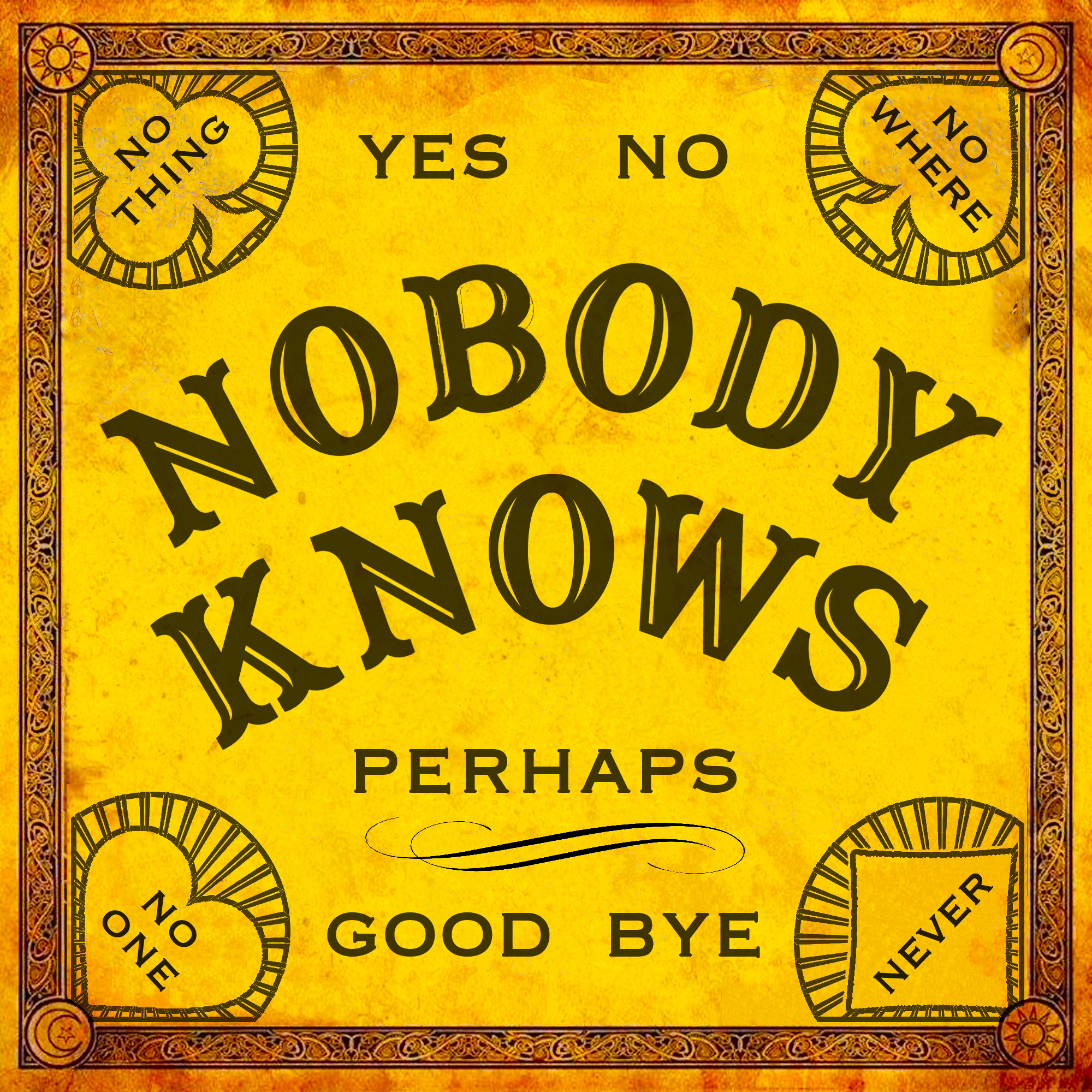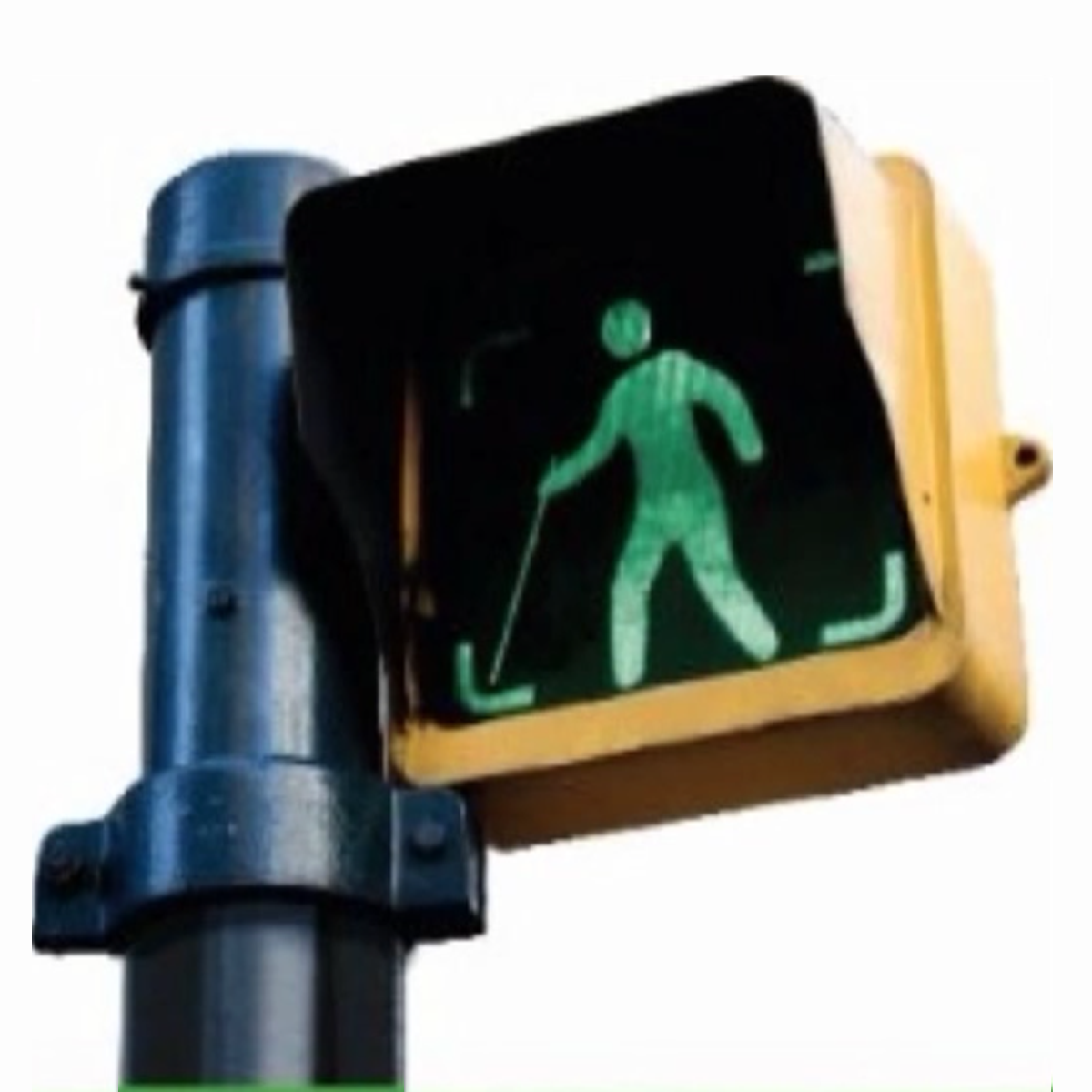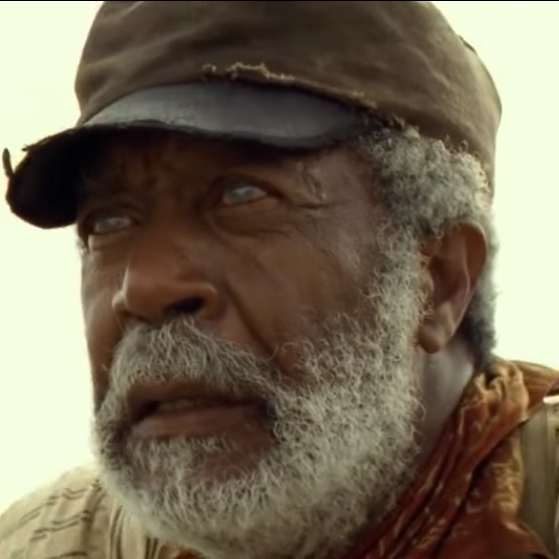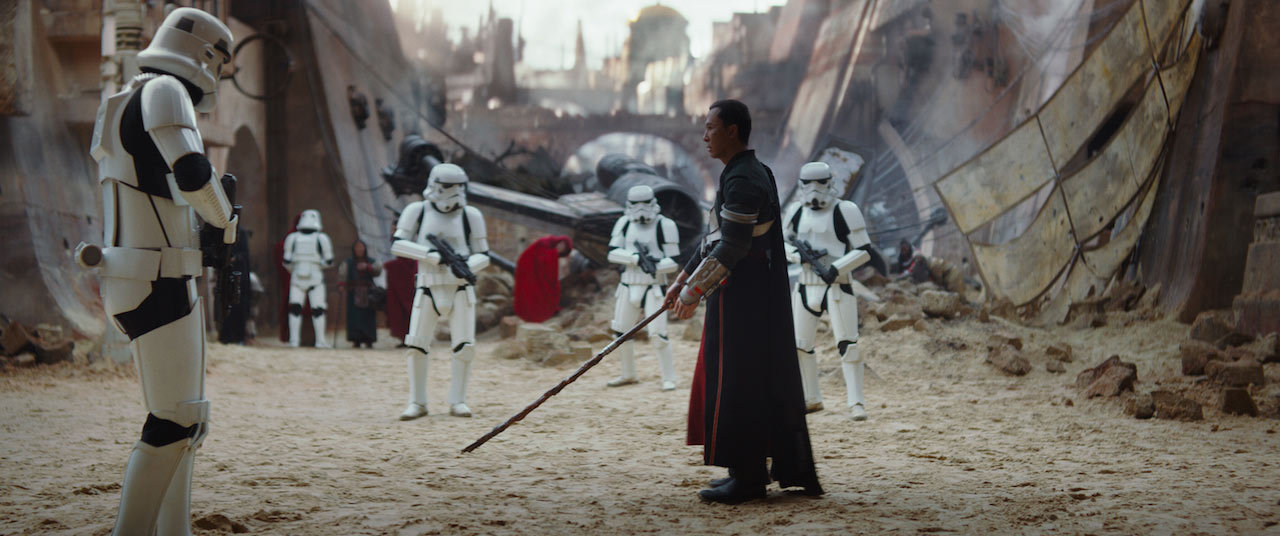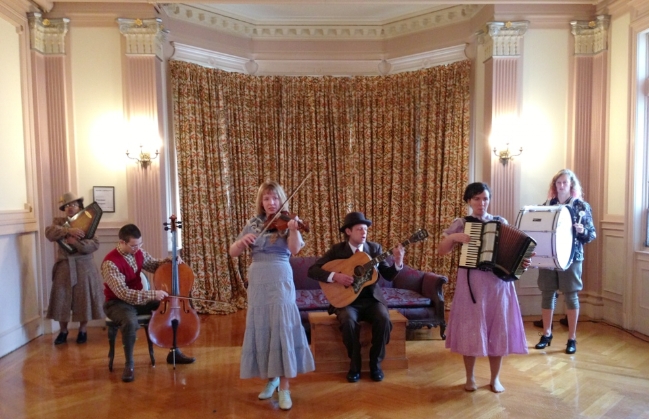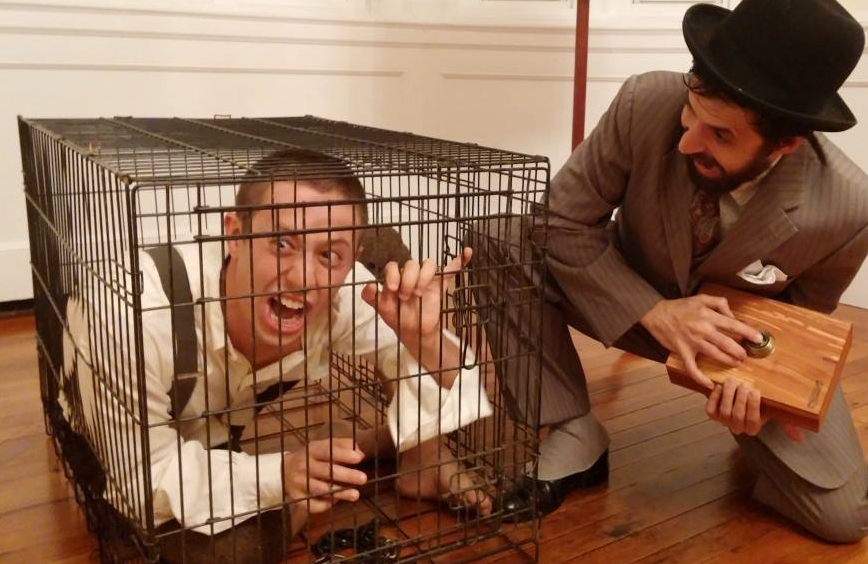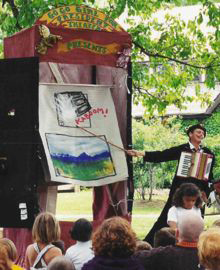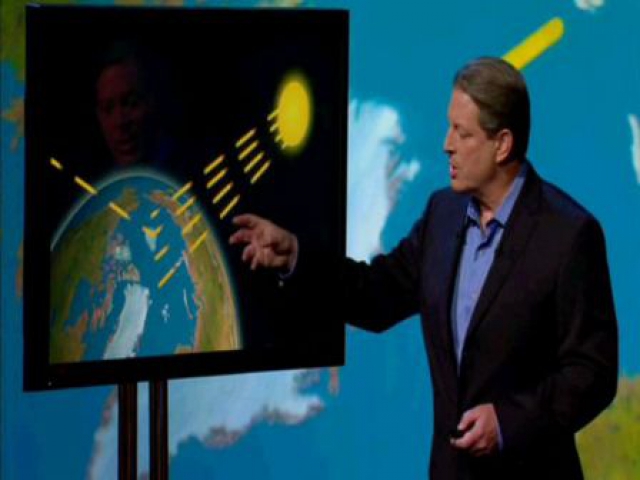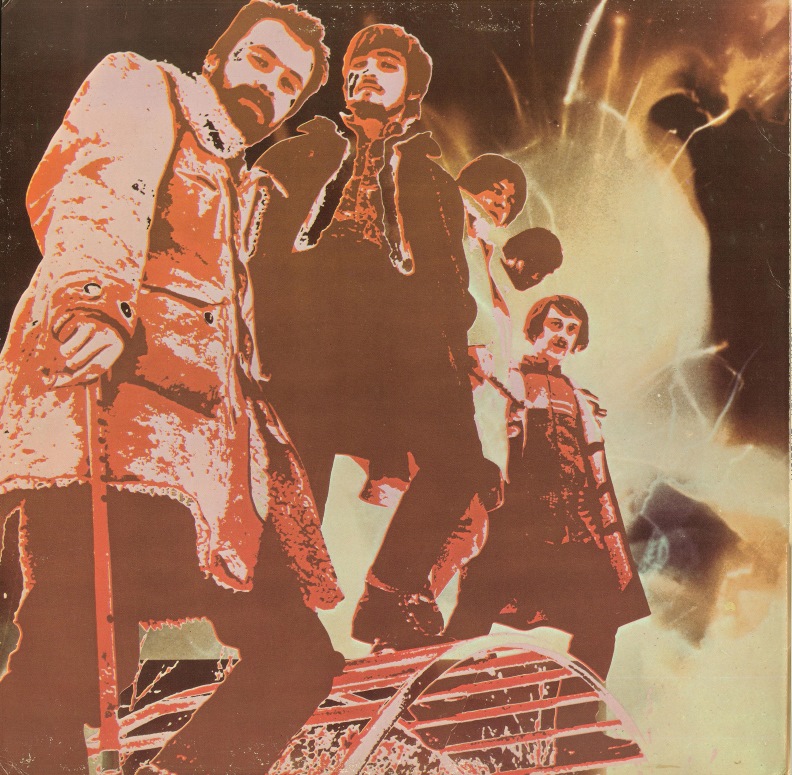Dis/ability performance and notions of dis/ability “passing” moved to the forefront of my work in 2014. I make performances that investigate that line between "dis" and "abled" by asking performers and audiences to cross it in various directions. In Nobody's Home (2013) the audience spends about a third of the show with their eyes closed. In Alchemy (2014) certain performers have limited use of eyes, hands, mouth, or body altogether, and audiences wrestled with assumptions and prejudices around that. I performed my solo memoir Cones (2015) blindfolded and the audience also engaged part of the show doing certain things with eyes closed. And since playing the blind prophet Tiresias in Antigone (2016) I've been typecast as a visually-impaired actor in preference to fully-sighted actors assuming the roles of low-vision characters.
Alongside this work has a been a blog called Rods & Cones about the spectrum of vision and blindness in art, media, science and culture. I have also taught classes on the subject at Cornell University, Goddard College, the University of Pennsylvania, Bryn Mawr College, and through the Headlong Performance Institute.
